In the latest episode of "Threat Vector," I had the privilege of conversing with Sam Rubin, the VP and global head of operations at Unit 42. Our discussion ventured into the increasingly complex and rapid evolution of ransomware attacks, their significant impact on various sectors, and the indispensable role of AI, automation, and public-private partnerships in bolstering our cybersecurity defenses. Here are some of the critical takeaways and insights from our enlightening conversation.
The Escalating Cost and Impact of Ransomware Attacks
A striking anecdote shared during our podcast highlighted the devastating financial toll ransomware attacks can impose on organizations. A Vermont hospital administrator revealed that the expenses incurred in responding to and recovering from a ransomware attack surpassed the total costs associated with adapting to the COVID-19 pandemic. This stark comparison underscores not only the financial strain but also the profound operational challenges organizations face in the wake of such cyber attacks.
The Sophistication and Speed of Attacks
Sam Rubin brought to light the remarkable evolution of ransomware attacks over the years. From the initial "spray and pray" tactics to the current highly sophisticated and targeted strategies, ransomware has become a formidable threat to large enterprises and government entities alike. Rubin emphasized the rapid weaponization of disclosed vulnerabilities, which has become a newer trend, allowing cybercriminals to exploit these vulnerabilities within hours of their disclosure. The shift from an average dwell time of 30 days to a mere one to two days before data exfiltration occurs illustrates the heightened speed and efficiency of these attacks, making them increasingly difficult to defend against.
The Need for Enhanced Cybersecurity Measures
The conversation also highlighted the critical need for robust cybersecurity measures, including vulnerability and threat management programs, and a defense-in-depth strategy. Rubin stressed the importance of assuming breach and focusing on containment and detection to prevent widespread organizational impact.
The Vulnerability of Education, Healthcare, and Government Sectors
Rubin pointed out that the education, healthcare, and government sectors are particularly vulnerable to ransomware attacks due to their large digital footprints and often underfunded cybersecurity initiatives. These sectors present "resource poor, but target rich" environments for cybercriminals, emphasizing the need for increased funding and support to bolster their defenses.
The Role of AI and Automation in Cyber Defense
Our discussion delved into the role of AI and automation in enhancing cybersecurity defenses. Rubin underscored the potential of these technologies to significantly improve the speed and efficiency of detecting and responding to cyber threats. The integration of AI into cybersecurity strategies represents a promising avenue for mitigating the risks posed by sophisticated ransomware attacks.
The Importance of Public-Private Partnerships
The testimony before Congress highlighted the crucial role of public-private partnerships in addressing cybersecurity challenges. By sharing threat intelligence and collaborating on security initiatives, both sectors can leverage their strengths to combat cyber threats more effectively. Rubin's advocacy for these partnerships underscores their potential to facilitate information sharing and enhance overall cybersecurity resilience.
Preparing the Cyber Workforce of Tomorrow
Finally, our conversation touched upon the importance of cybersecurity education and training. With the demand for skilled cybersecurity professionals outstripping supply, Rubin emphasized the need for educational institutions and training programs to focus on preparing individuals for careers in this critical field.
Reflecting on my conversation with Sam Rubin, it's clear that the landscape of ransomware attacks is evolving with alarming speed and sophistication. The insights shared during our podcast underscore the necessity for heightened cybersecurity vigilance, the adoption of advanced technological defenses, and the cultivation of strong public-private partnerships. As we continue to navigate the complexities of the digital age, these principles will be instrumental in safeguarding our digital world against the ever-evolving threat of cyber attacks.

